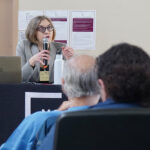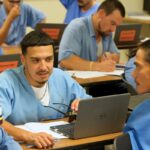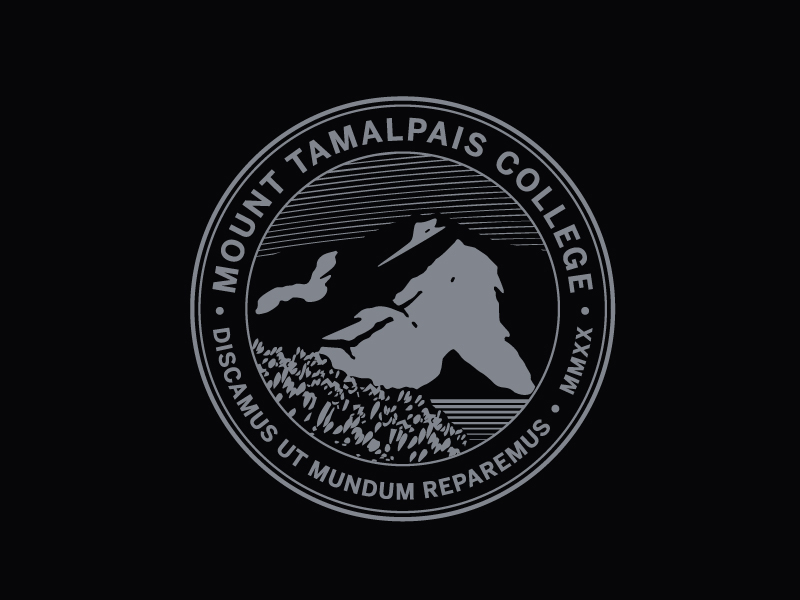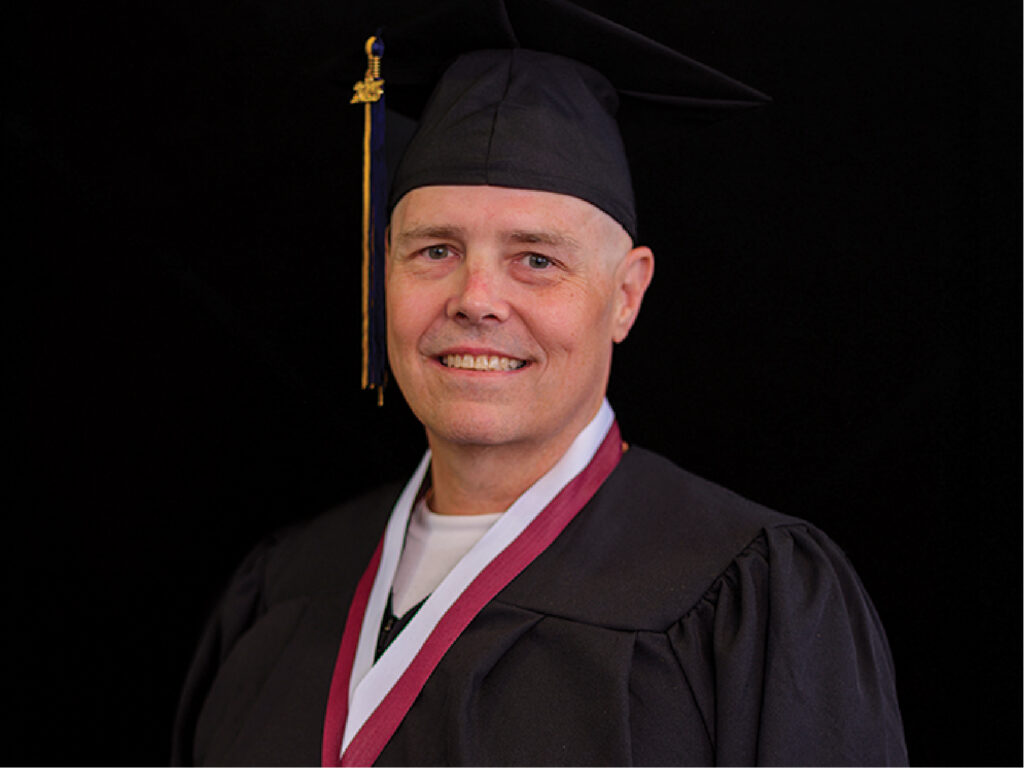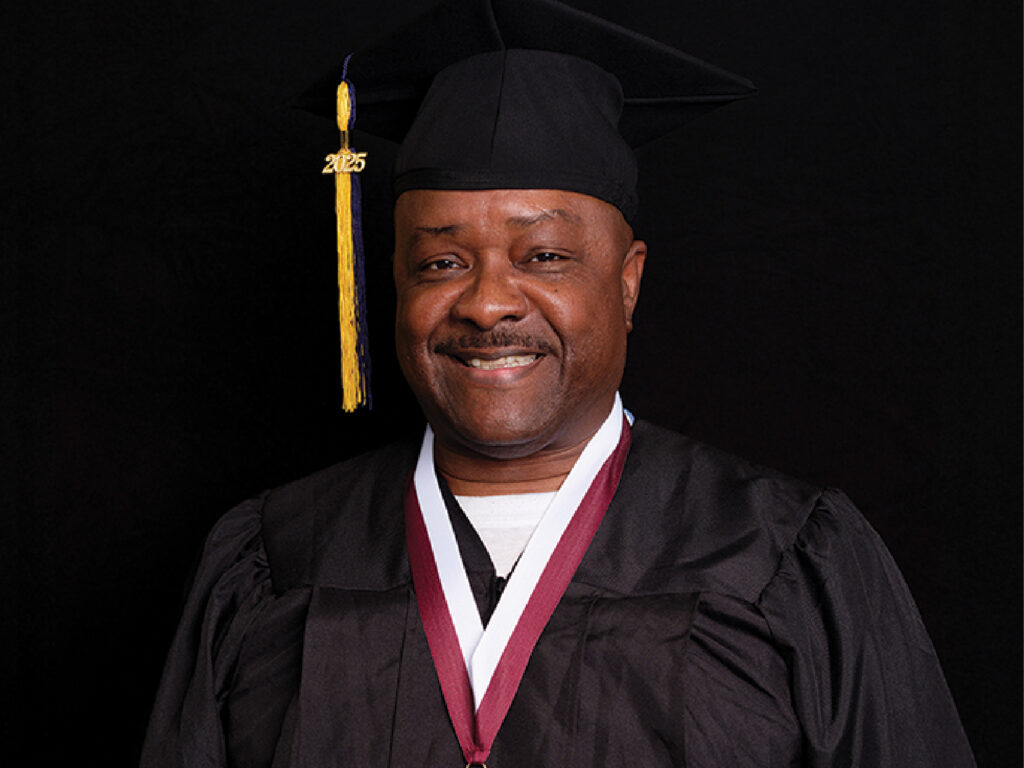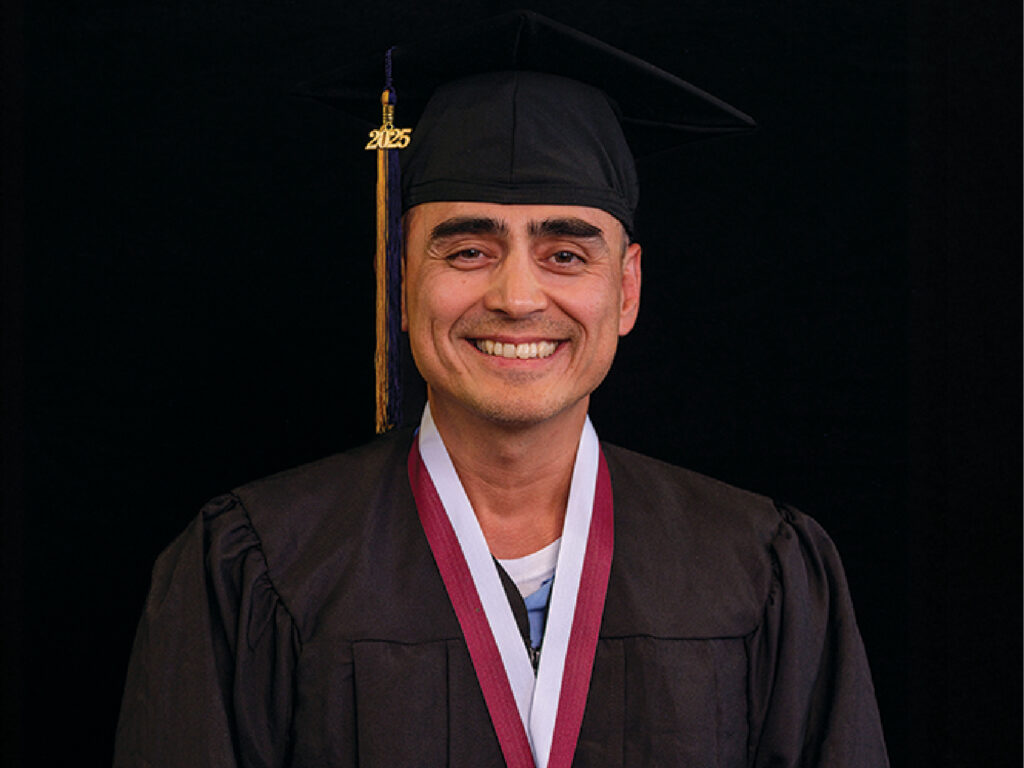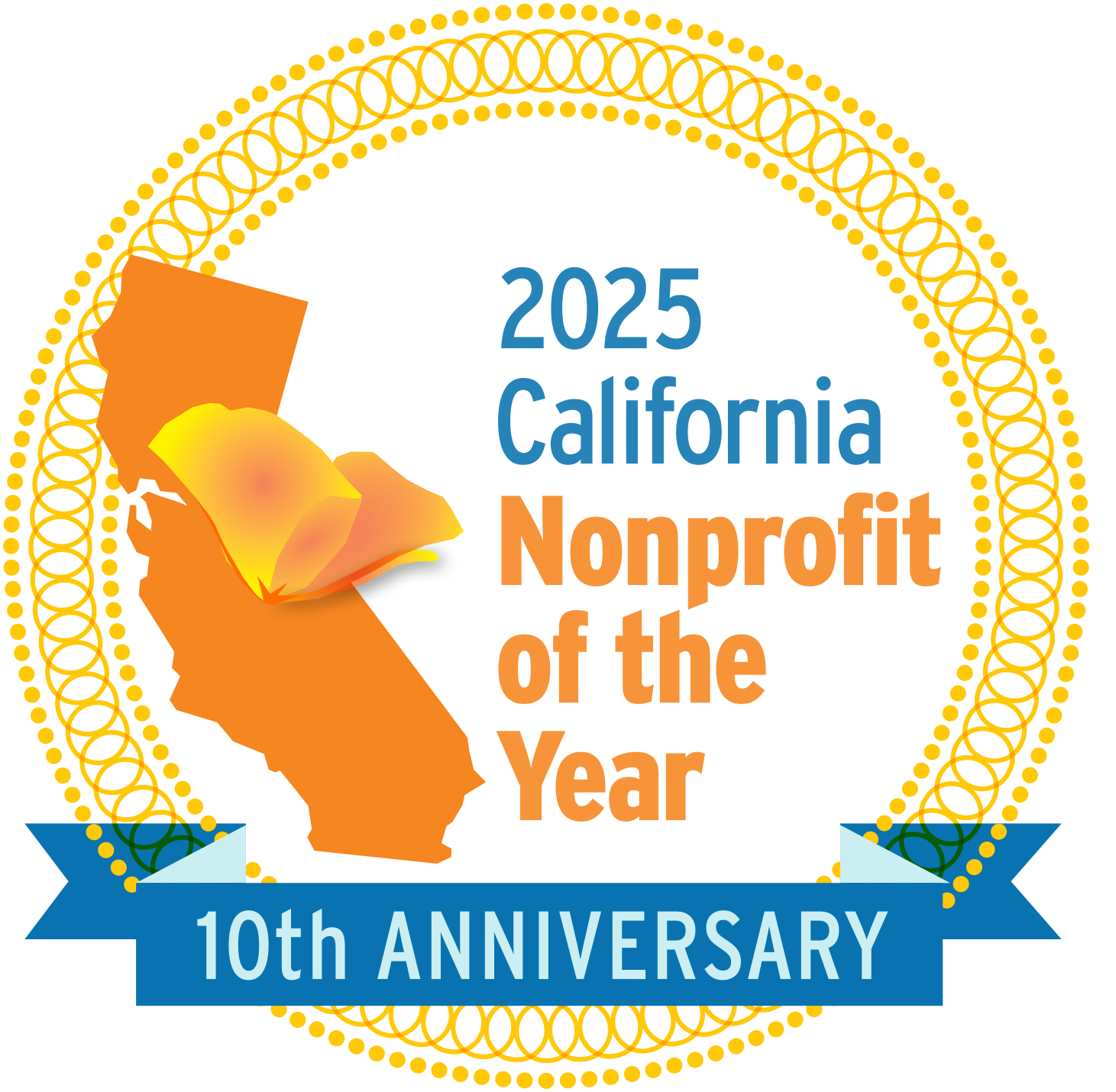I first came to San Quentin Prison in 1999 to teach as a volunteer in the College Program there. Until then, living as a graduate student, I had known Marin mostly for its natural beauty, progressive politics and idyllic, affluent communities.
The Bay Area as a whole was and is for me a place of intellectual and creative vibrancy – full of people who care deeply about the welfare of their communities, as well as of the world at large.
Becoming director of the College Program at San Quentin in 2000 allowed me the particularly unique opportunity of living in two different worlds simultaneously – in the Bay Area and inside the California prison system.
In many respects, a prison is simply a town. Nearly 6,000 people live at San Quentin – almost as many as in Fairfax or Sausalito. They get up in the morning; they go to bed at night. Most of the permanent population goes to work everyday. Like everybody else, people in San Quentin eat meals, they have friends, they think about their families.
If they can, they read the paper.
Occasionally, discussion about the death penalty or a proposed construction project casts the institution as a whole, or some particular individual, into the spotlight. But by and large, the people living in San Quentin remain a complete abstraction in the minds of most outsiders.
Just as is the case in this country as a whole, few people in Marin can imagine the fully human presence of the people who live inside a prison, much less do they imagine them as part of their own local community.
Given this tremendous separation, it is easy to understand why most people see San Quentin merely as a site of squandered opportunity – as a place whose potential can only be realized once the prison is gone.
Yet to me, the situation looks quite different. I believe it is precisely as a prison that San Quentin offers Marin the opportunity of a generation.
If the county of Marin were to resolve collectively to apply its intellectual, social, material, political and financial resources to the task, it could change the course of tens of thousands of individual lives, chart a path for genuine criminal justice reform across the nation, and dramatically alter the future of the California economy.
The current situation: the proposed 2006-07 budget for the California Department of Corrections and Rehabilitation is more than $8 billion. The system holds more than 168,000 people in its custody – the highest the state’s prison population has ever been. After the United States as a whole, California’s is the largest prison population in the world; we also have the highest recidivism rate in the nation.
At present, the department is struggling just to meet the challenge of managing its ever-increasing population. With a few exceptions, it is unable to create the kinds of rehabilitative programs which would constitute the core of any rational and humane prison system. In addition, extreme overcrowding has produced a severe lack of classroom space.
At San Quentin, countless outside service providers would gladly expand programs and services, if only space were available.
This situation will become even more pressing during the next two years, as the department carries out plans that would double or triple San Quentin’s mainline, program-eligible population.
After several years, I have become convinced that if outsiders do not intervene, the whole situation will continue to worsen – beyond the massive human disaster that it has already become.
Without effective rehabilitative programs, the increasing number of people entering and re-entering the system will still have no way out of this cycle, and we as a society will have no way out of our current downward spiral of warehousing more and more of our own population; and of devoting a skyrocketing portion of our state budget to doing so.
What we need from you: come visit San Quentin; educate yourself about these issues; volunteer; talk to friends, colleagues and neighbors about your thoughts and your questions; communicate with your state and local representatives about your opinions on these matters; and consider donating whatever skills or resources you have that would aid us in creating space and support for the educational, self-help and recovery programs that should and will one day be available throughout the California prison system.
By actively helping to build such programs – through personal and philanthropic participation – the community of Marin has the opportunity to create a model at San Quentin, not just of progressive correctional policy, but of a society finally regaining its humanity.
Jody Lewen is director of the San Quentin College Program and executive director of the Prison University Project, a nonprofit organization.
Attribution: This originally appeared on Marin Independent Journal on March 19, 2006. Read Story
Please note that the Prison University Project became Mount Tamalpais College in September 2020.
